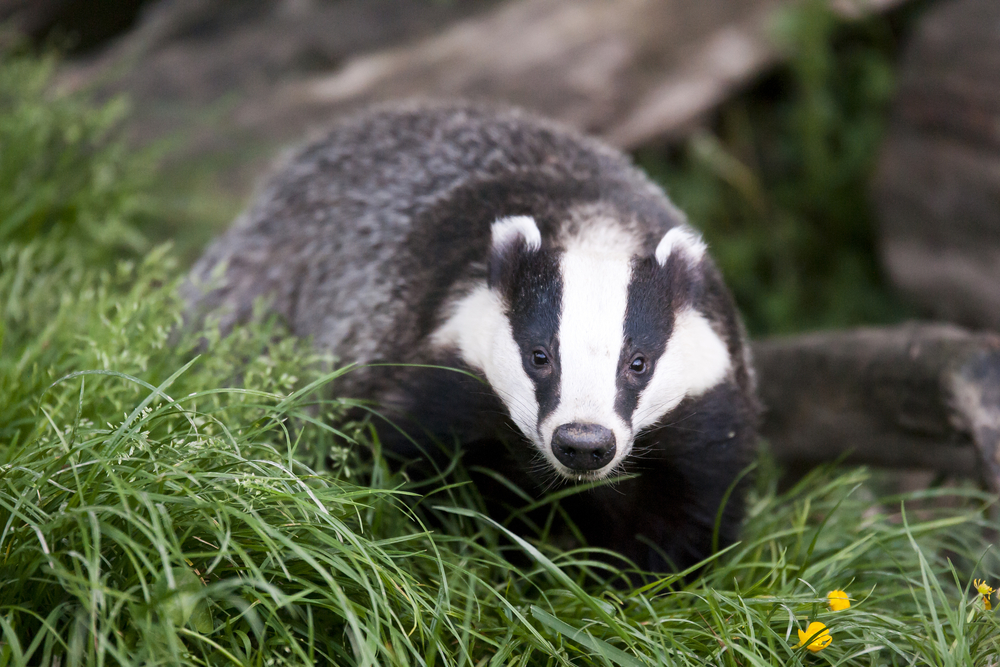Targeted badger culling will continue in high-risk areas
15th March 2024
New proposals, which are part of delivering the next phase of the government’s TB eradication strategy, have just been set out. This includes plans to continue targeted badger culling in high-risk areas.

Bovine tuberculosis is one of the most difficult and intractable animal health challenges that England faces today, causing devastation for farming communities and leading to tens of thousands of cattle being culled each year.
The government’s strategy to eradicate bTB in England by 2038, published 10 years ago, has followed science to turn the tide on this insidious disease.
The 12-month period ending September 2023 saw the number of new bTB breakdowns in cattle down at a near 20-year low.
The latest peer-reviewed evidence from the first 52 areas where badger culling was conducted also shows a reduction in rates of bTB breakdowns in cattle down on average by 56% after four years of culling.
Part of the problem
While the majority of our disease control measures focus on cattle, the proposals set out on 14th March, will retain badger culling as an option in targeted parts of the high-risk and edge areas.
This includes much of southwest and central England, from Cornwall to Dorset and then north to Staffordshire. Those areas mark high levels of infection in cattle. The evidence suggests badgers are part of the problem in the spread of disease to these herds.
According to the new plans, culling will continue in these targeted areas until the disease situation improves. This will be followed by UK’s Chief Veterinary Officer’s annual review.
At this point, badger vaccination would be used to ensure the results achieved through culling are maintained. This sets out a clear exit strategy to non-lethal control preventing the return of disease in these areas.
Investment in badger vaccination
The government says that this strategy builds on its investment in wider scale badger vaccination, which is now much more of a reality, with more farms involved in vaccination programmes than ever before, including in areas where badger culling has ended.

Environment Secretary Steve Barclay acknowledged that bovine TB has taken a “terrible toll” on farmers, leading to the loss of highly prized animals and, in the worst cases, valued herds.
He added: “There are no easy answers in the battle against TB, but badger culling has proved highly effective and needs to remain a key part of our approach.
“Our strategy has led to a significant reduction in this insidious disease, which we will continue to cull in areas where the evidence confirms it is required, as well as making use of vaccinations.”
UK Chief Veterinary Officer Christine Middlemiss said: “Our strategy to eradicate bovine TB in England is turning the tide on this disease with the lowest number of new bTB breakdowns in nearly twenty years. We are making good progress to eradicating the disease by 2038 as we have committed to do.”
Backlash
The plans have been criticised by The Wildlife Trusts.
Jo Smith, CEO of Derbyshire Wildlife Trust said: “We urge the government to stop badgers being killed for good and prioritise funding and resources on cattle-based measures instead”.
READ MORE: Clarkson’s Farm sparks debate on bovine TB and badger culling
Have your opinion heard by emailing editorial@farmersguide.co.uk.



